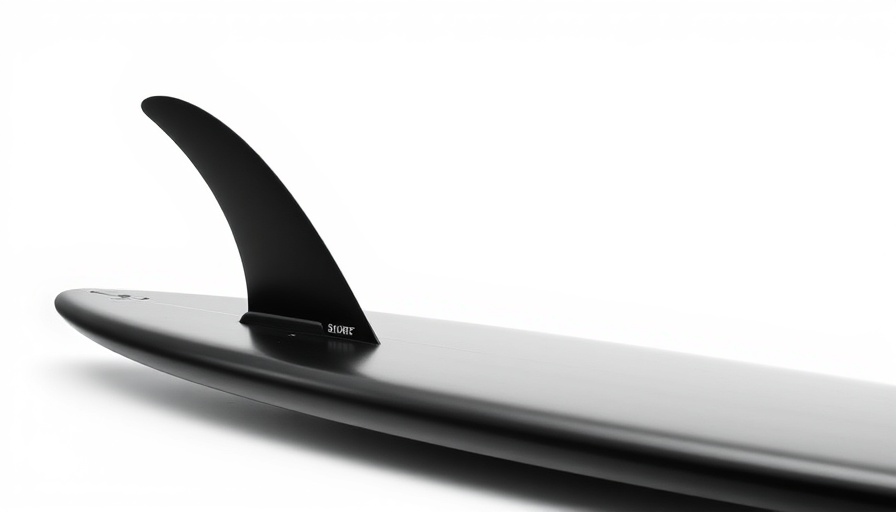
Why the Quad Fin Setup is Underappreciated Yet Versatile
In the world of surfing, innovation is constant, yet few setups remain as cryptic as the quad fin configuration. While the thruster—three fins in a row—dominates the market, the quad combines the best of both twin fins and thrusters, creating an enticing blend of speed and control that many surfers overlook. But why is this setup not more popular, and how can it benefit your ride?
The Evolution of Surfboard Fin Technology
Introduced by Australian surfer Glen Winton in the 1980s, the quad fin was initially met with skepticism. Thrusters were already taking over with their superior maneuverability, and quads seemed to lack the necessary stability needed in larger waves. Yet, the resurgence during the 1990s, featuring designs like Will Jobson’s “twinzer” and Bruce McKee’s “quattro,” proved that the quad was not merely a fad. It assimilated the speed of twin fins with the stability required for powerful waves, refining its place in the surf scene.
Understanding the Quad Configuration
The quad setup features four fins; two on each side of the board, designed to minimize drag and enhance water flow. Unlike the thruster setup, which incorporates a central fin to provide stability, the quads excel in their ability to accelerate quickly, making them more suitable for smaller or weaker waves where speed is vital.
Performance: When and Where the Quad Fin Shines
The quad fin thrives in various conditions—whether you are surfing fast, hollower waves or navigating small, mushy surf. The two outer fins are positioned further back, maintaining grip as you carve down steep, fast waves, while the two smaller rear fins help sustain speed and responsiveness. This balance of characteristics opens doors to new surfing styles and techniques.
Suitable Boards and Characteristics
Surfboards designed for quads tend to have wider tails and concave bottoms, enhancing performance through better water flow. Hybrid boards often capitalize on this configuration, employing the quad setup to bring out the board’s maximum speed and agility. The question arises for many advanced surfers: should you transition to a tri-quad setup that allows for changing between thruster and quad based on surf conditions? The flexibility of having five fin boxes is invaluable, catering to different wave environments with ease.
Unique Benefits for Surfers
The quad fin system offers several advantages:
- Faster acceleration due to reduced drag.
- Enhanced maneuverability while maintaining control during high-speed turns.
- Superior grip, crucial when tackling steep, powerful waves.
However, with such advantages comes a learning curve. Switching from a thruster to a quad presents an adjustment period, and less experienced surfers may find themselves challenged by the quads' looseness and unpredictability.
Make the Move: Switch to Quad for Enhanced Surfing Experience
For surfers at all levels, venturing into the quad setup opens up new realms of possibility. If you’re feeling constrained by your current fin setup or simply seek to evolve your skills, consider exploring the quad fin configuration more seriously. It’s time to feel the thrill of increased speed and improved control!
 Add Row
Add Row  Add
Add 




Write A Comment